We met at the hotel in Phnom Penh early to ensure that our “new” bikes were fitted properly; we had left the bikes we used in Vietnam there, and had the equivalent cycles lined up for us for our Cambodian riding days. We biked through the city on the early Sunday morning, with fairly empty streets, making it easier to navigate the many cars and motorbikes. It was a short ride to the first, and largest, ferry of the day, to take us to one of the many islands that dot the Mekong River for our morning exploration.
The roads were mostly rough paved, and took us through many small villages. Although we rode along the Mekong, as we had in Vietnam, the architecture is quite different, as were the “main streets” through the small hamlets. The homes are mostly wood, which is less expensive here than in Vietnam, so the most basic home is made of wood and placed on stilts. The roofs seem to be the most elegant and expensive part of those that can afford something more than corrugated tin — they resemble the red tile roofs of the pagodas which are the centerpiece of almost every town. Most homes are simple — one large room, where the parents sleep on the bed and other others on mats. Below the house serves as additional space for eating and lounging in hammocks and keeping out of the sun. Some homes had what we would call scarecrows in front — to scare away the demons from the bad dreams that children might have.
We stopped at a silk farm, and the owner explained to us how they tend to the silk worms and “harvest” the silk, dye it and then weave beautiful scarves and skirts and cloth on old wooden looms. Some of the creations were quite complex, with both color and textured patterns woven right in. I supported the local economy and bought some lovely scarves. On this island, almost every home had a loom, so the villages co-op their product for sale to others and tourists.
As we continued on, agriculture as the primary way of life, at least in this area, became more evident. Beautiful, well-laid out and tended gardens, lots of cattle — mostly what we might call Brahmin — white and a bit bony, what they call oxen. and horse drawn carts. This reliance on agriculture is a result of the Marxist beliefs of the Khmer Rouge, who wanted to return Cambodia to an agrarian society, which is why their focus for many years of the killings was on intellectuals and the educated. They also put a military force at the borders and expelled any non-Cambodians. (Unfortunately, these policies sound a bit too much like a certain orange Troglodytic short fingered vulgarian. We must all be vigilant).
At the end of our ride we had a long van transfer over rough highway roads — 5 hours of bouncing was bone rattling! We arrived in Kratie, and then had a short boat ride with just an overnight bag to an island called Koh Trong in the middle of the Mekong River. Mostly spared by the modern world, it is surrounded 8 months a year by sandy beaches, refreshed by the river’s breeze. There were no cars, a narrow motorbike path, and instead carts drawn by oxen and fishermen and farmers working the rich soil. Once off the boat, we were picked up by motorcycles, one for each of us. We hung on for dear life as we sped through the darkness to the Rajabori Villas — a small resort with beautiful teak villas, with mosquito nets and ceiling fans and tranquil brick paths meandering through the grounds. Dinner was in the outdoor dining room next to the pool, and we found the old French colonial influence in the menu and in the staff’s accents.
Another long day full of sensory experiences. (Did I mention the stop at the market where they were selling deep fried tarantulas and crickets and other insects?)
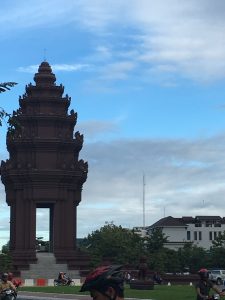

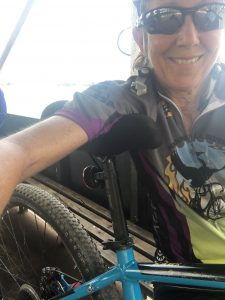
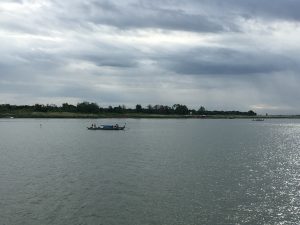

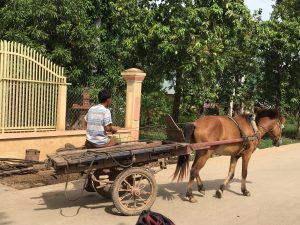
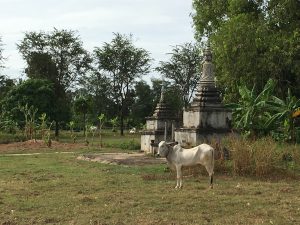
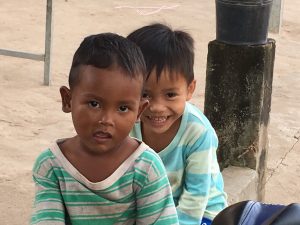
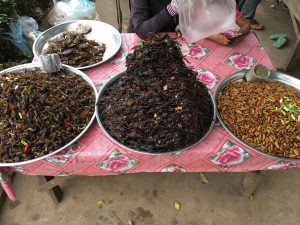
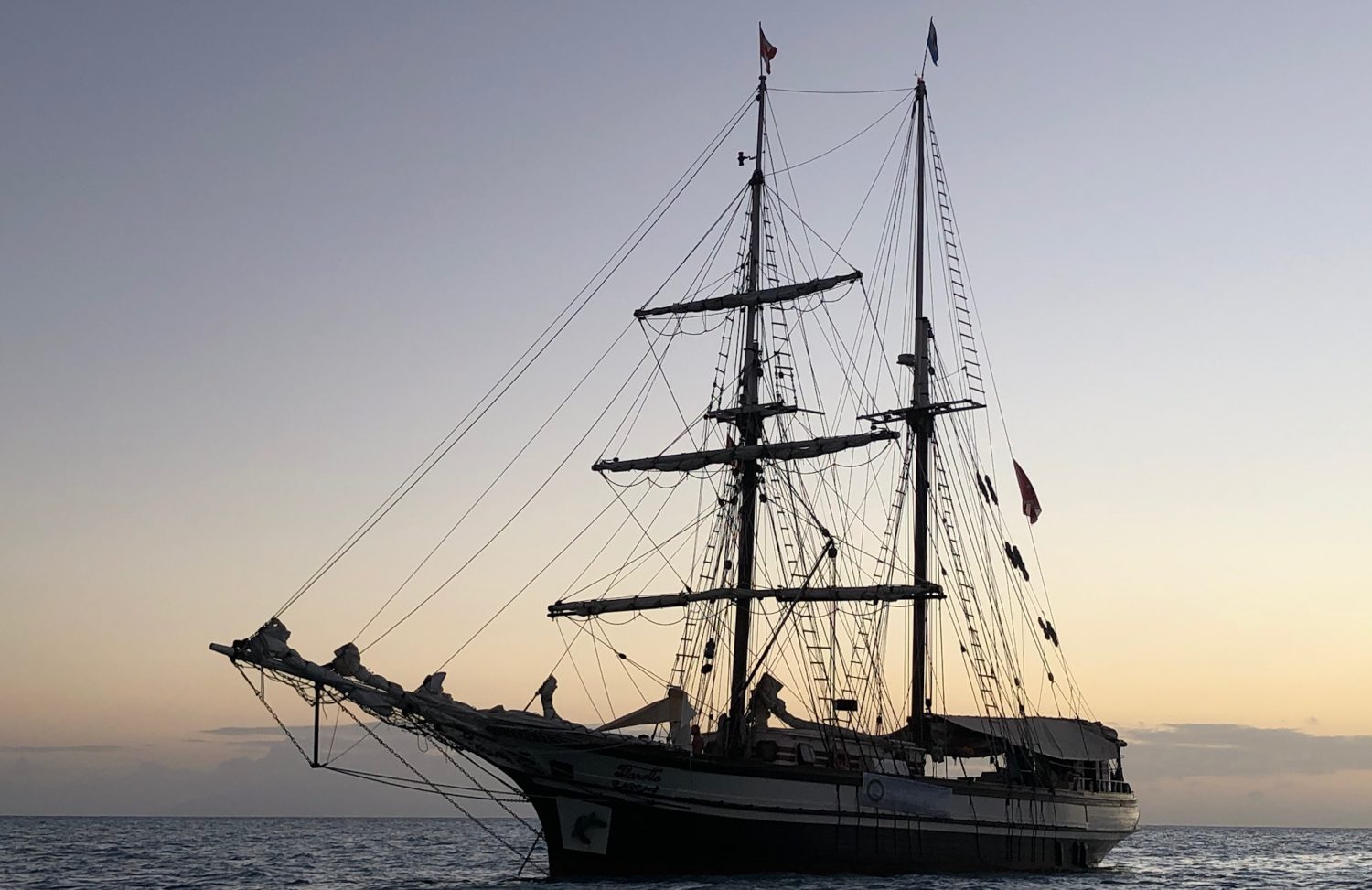
Curious about how much interaction you are having (or want to have ) with the locals. Do you sense a tourist-driven economy or are you deep enough into the heart (of darkness) that you’re truly strangers in a strange land?
The locals all want to say hello, and to practice their English. It’s transactional — we are buying something or saying hello, but it’s clear that there’s an understanding that tourism drives the economy.